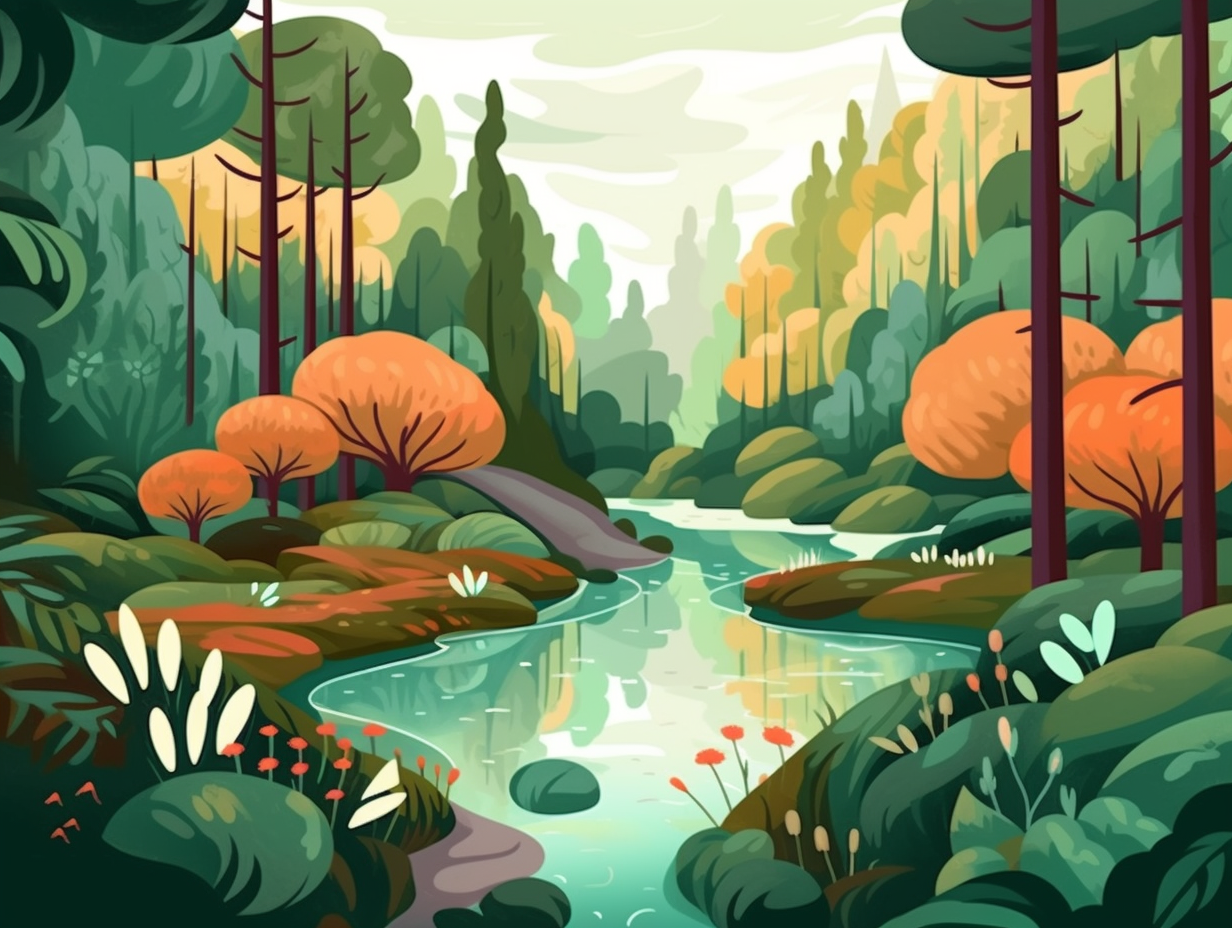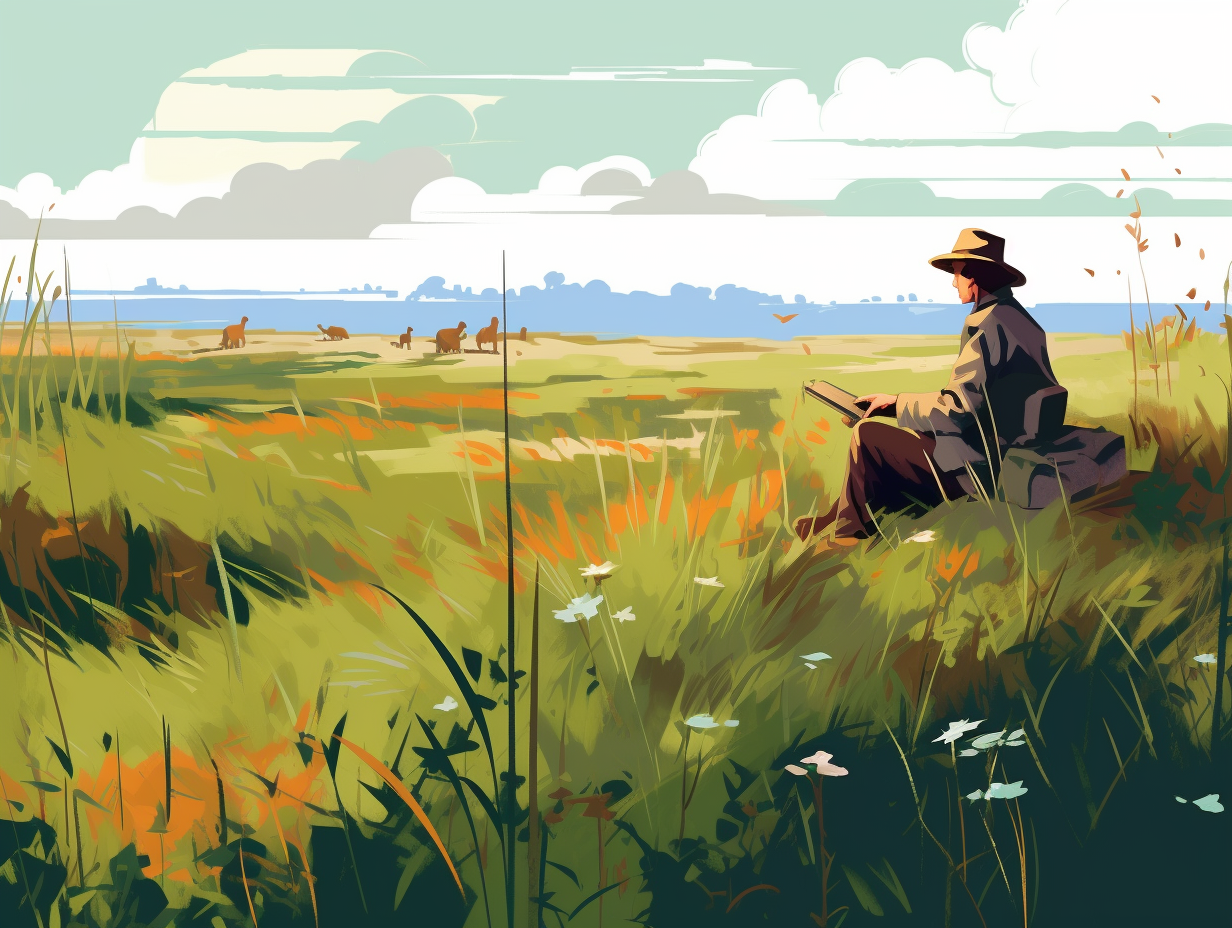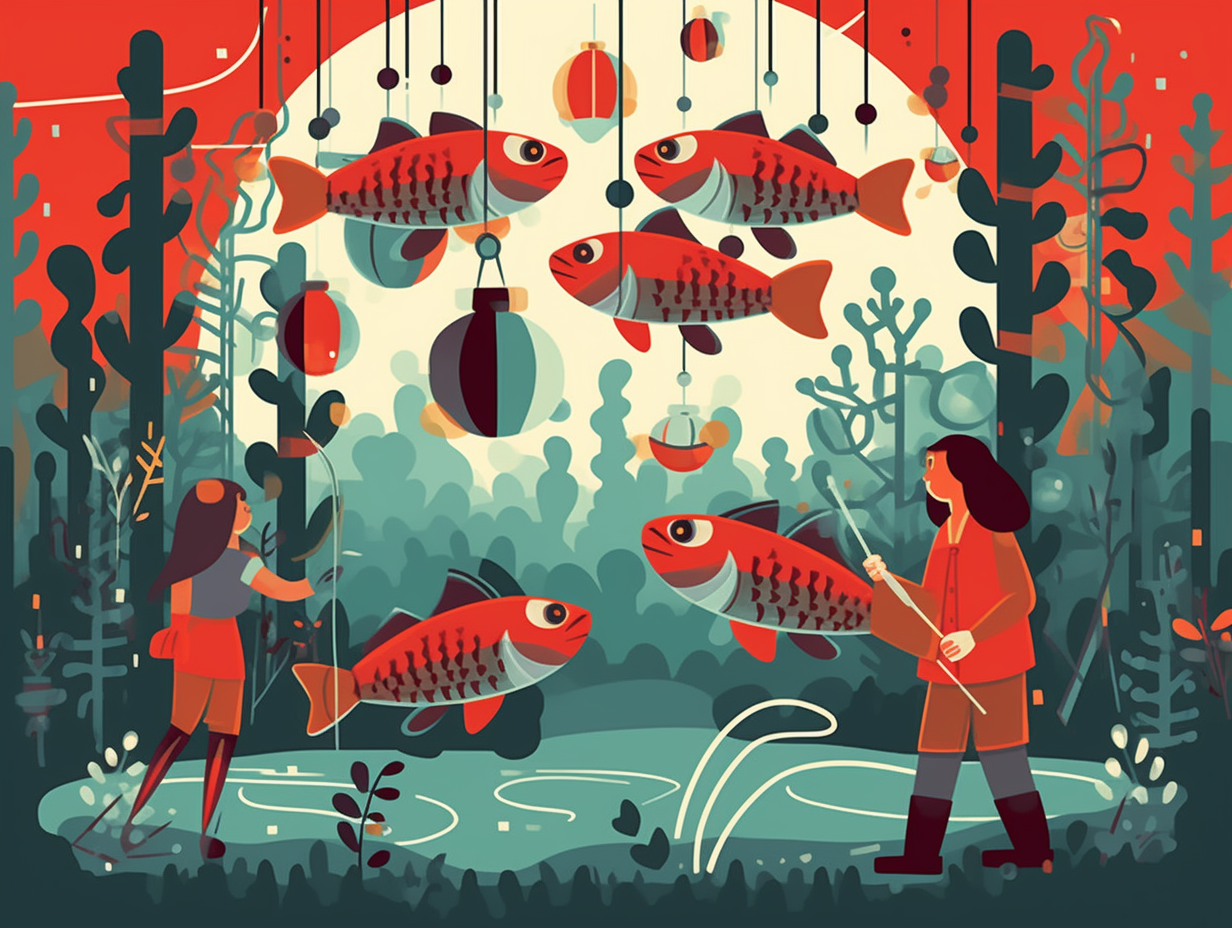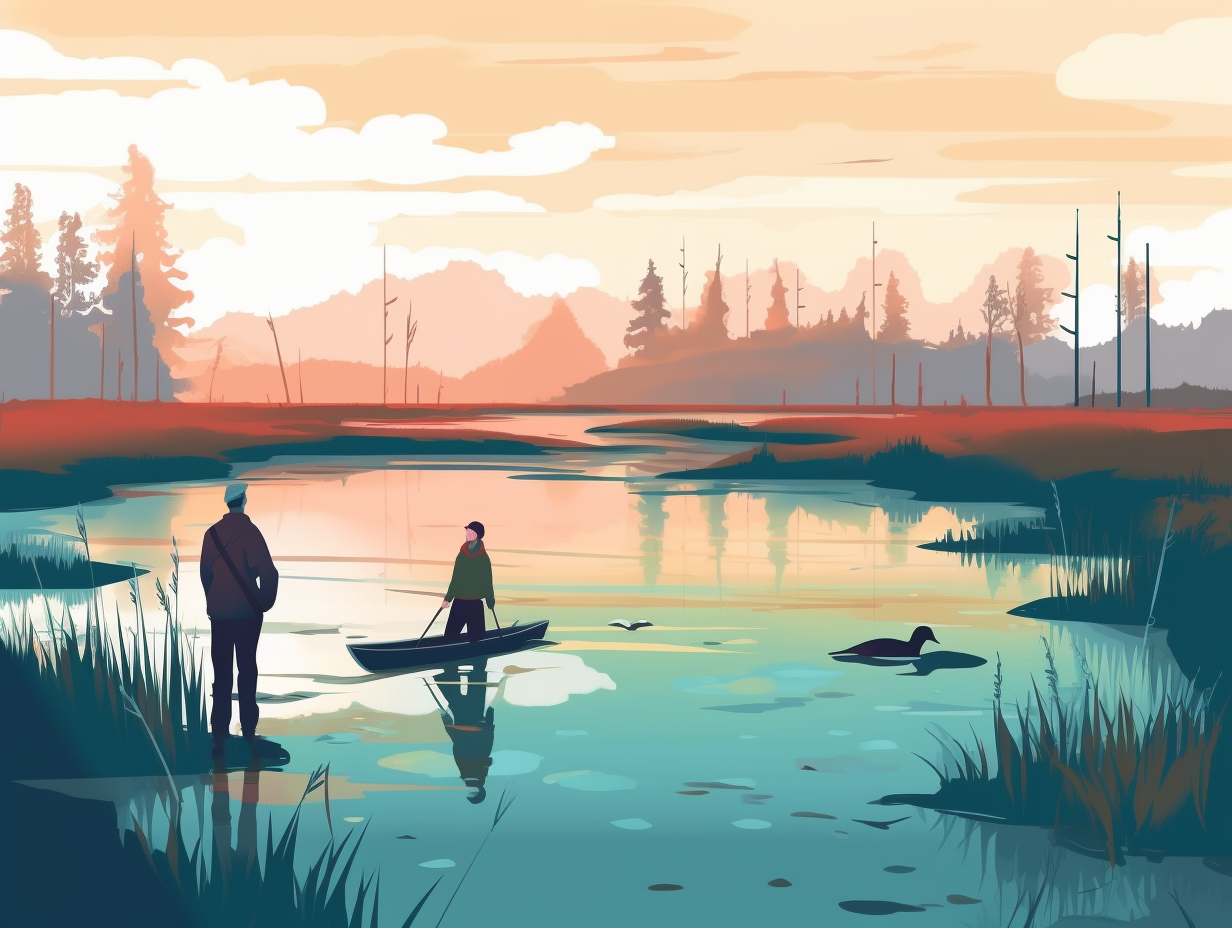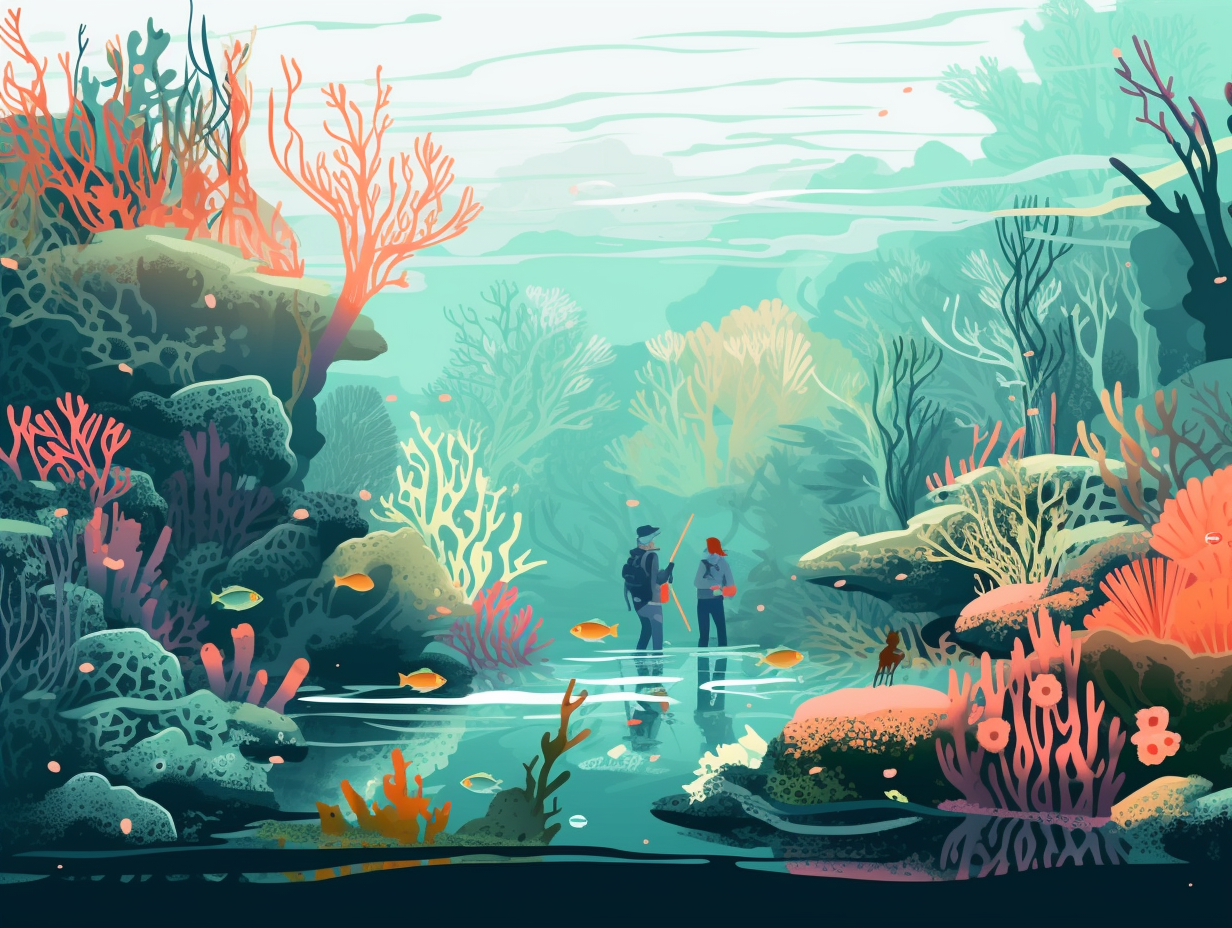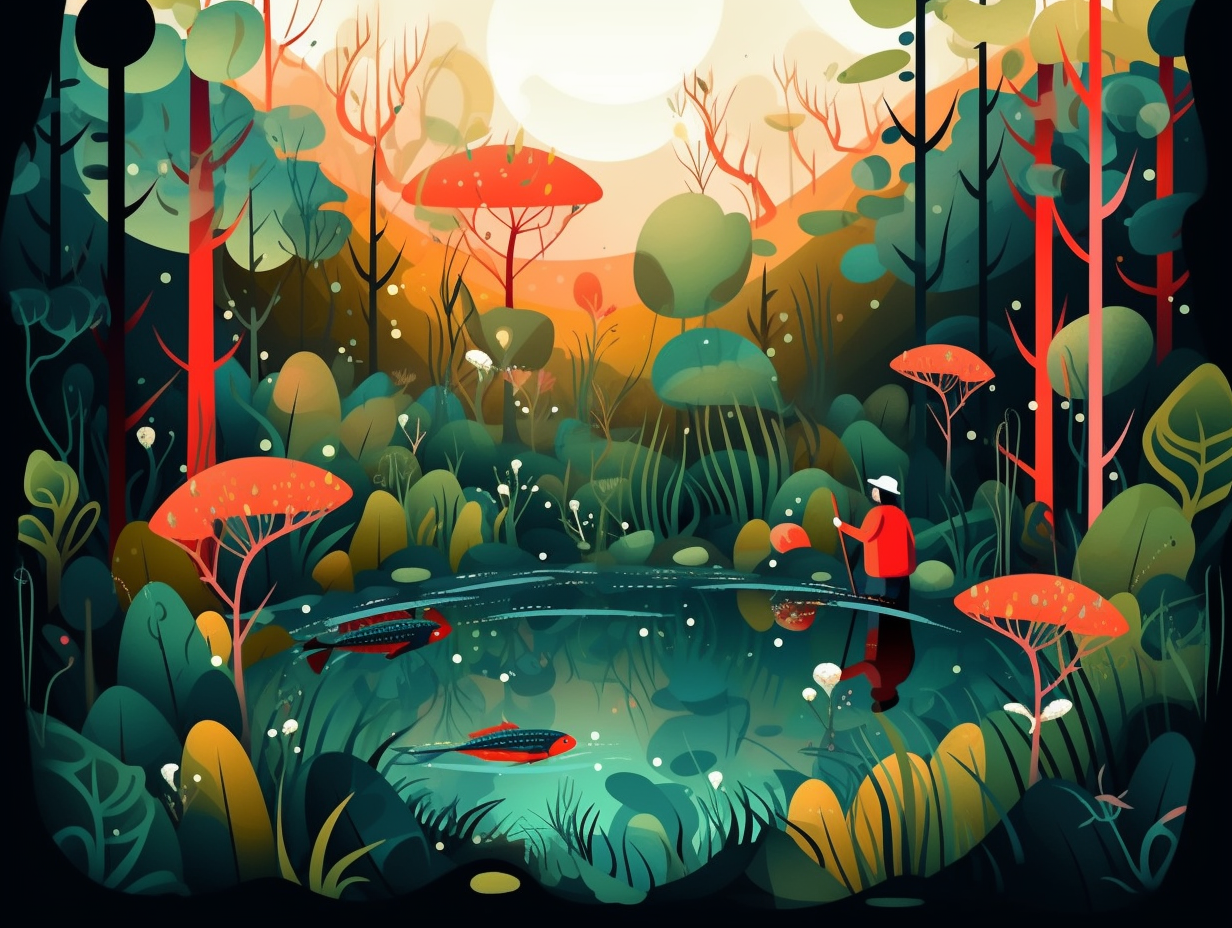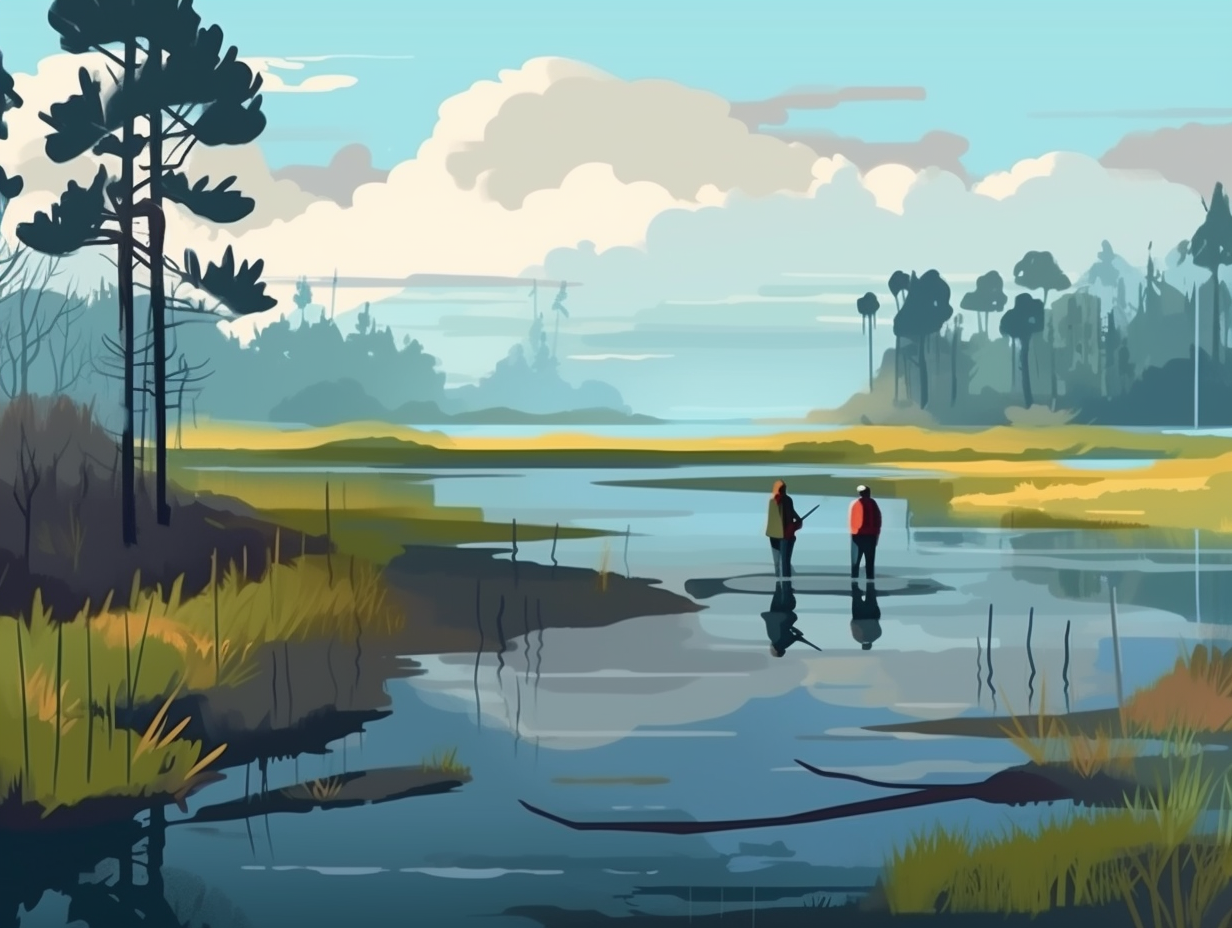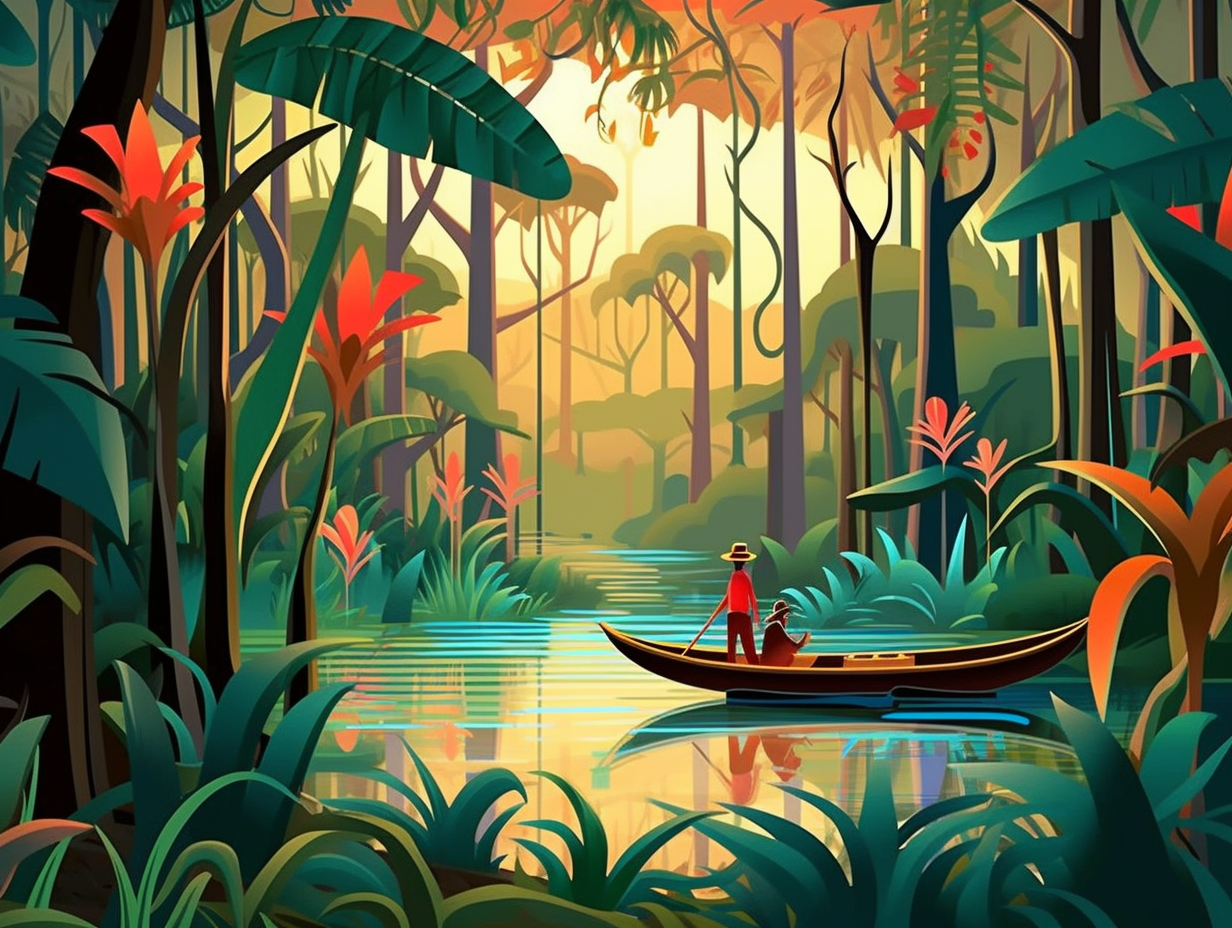Discover the Intriguing World of Chaparral: Top 10 Fun Facts You Never Knew!
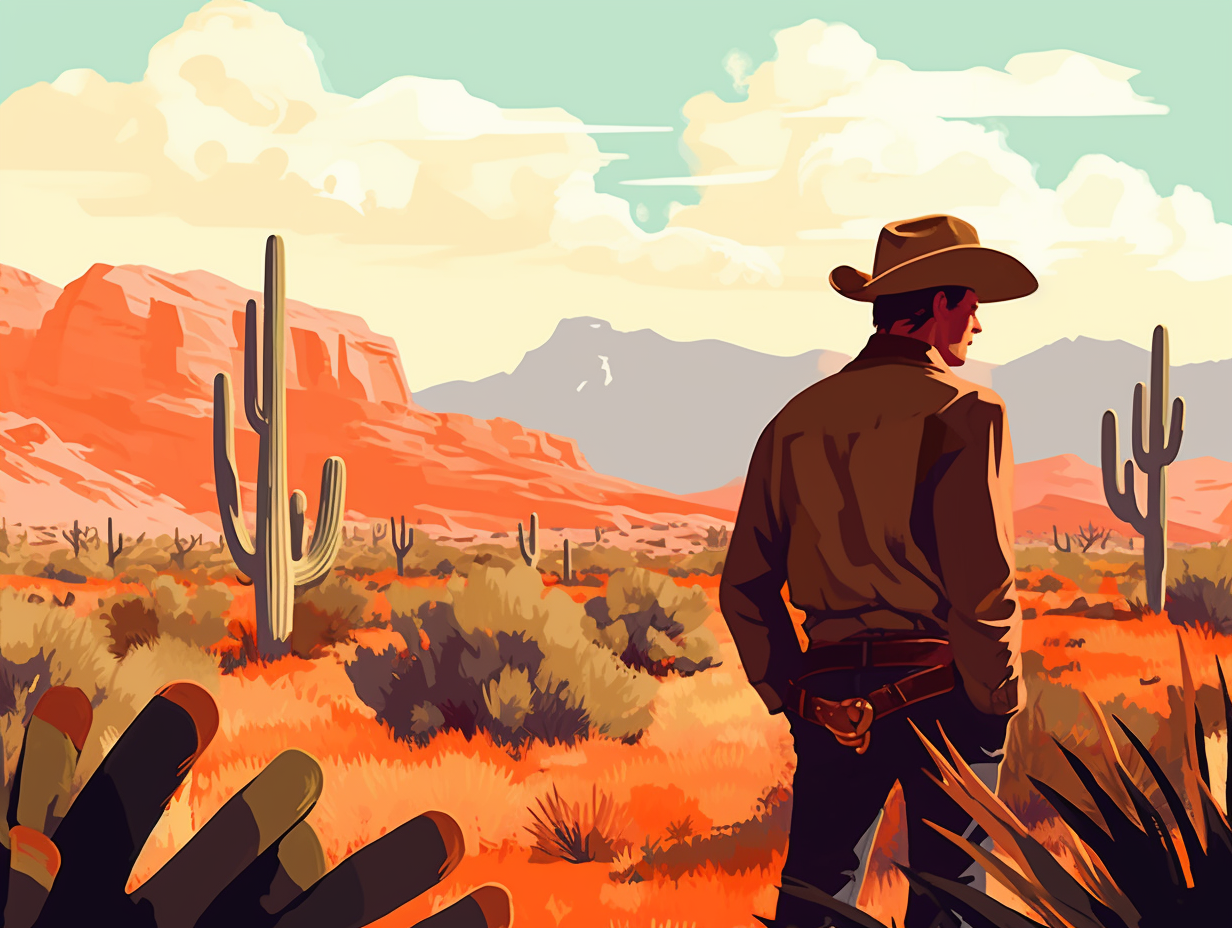
1. Chaparral Celebrity Plants
Ladies and gentlemen, it's time to go "chap-wild" in the chaparral: a global hotspot with a twist, featuring cameo appearances from our favorite scaly and furry friends! Did you know that this biomesational party comprises less than 5% of Earth's terrestrial landscape, yet hosts a star-studded 20% of all vascular plants around the planet? Not only does it bring the green, but it also serves as a versatile home to a cast of critters, such as inconspicuous rodents and stealthy reptiles, as well as A-listers like deer and coyotes, all perfectly adapted to thrive in this fire-prone, semi-arid biome extravaganza.
Source => thewildclassroom.com
2. Floral Runway After Wildfires
Smoky perfume, anyone? When wildfires give chaparral plants the ol' burn-and-char treatment, it's a signal for nature to break out her finest floral runway show: This fascinating post-blaze spectacle features vibrant wildflowers that sprout as a result of chemicals released from the charred landscape, some of which are unique fire followers, making a dazzling but temporary appearance in that first year or two after the flames are extinguished.
Source => californiachaparral.org

Did you know the desert is home to 10,000 succulent plant species? 🌵 But 2,000 of them are facing extinction due to human activities. Discover the drama in the world of succulents!
=> Fun Facts about The-Desert
3. Eucalyptus and Sagebrush: Tasty Trenders
When Mother Nature said, "You can't have your cake and eat it, too," the Eucalyptus and Sagebrush replied, "Hold my leaves!": These plants in the chaparral biome have evolved leaves that contain strong-tasting oils which deter herbivores but are a delight to humans, making them a popular ingredient in perfumes and culinary dishes.
Source => untamedscience.com
4. California's Botanical Wonderland
Forget the Willy Wonka chocolate factory, California's got something sweeter in store for botanical buffs: Chaparral, covering just a small percentage of the state's wildland vegetation, is a veritable cornucopia of flora, boasting over 20% of California's plant species to delight and tantalize your green-thumbed senses.
Source => en.wikipedia.org
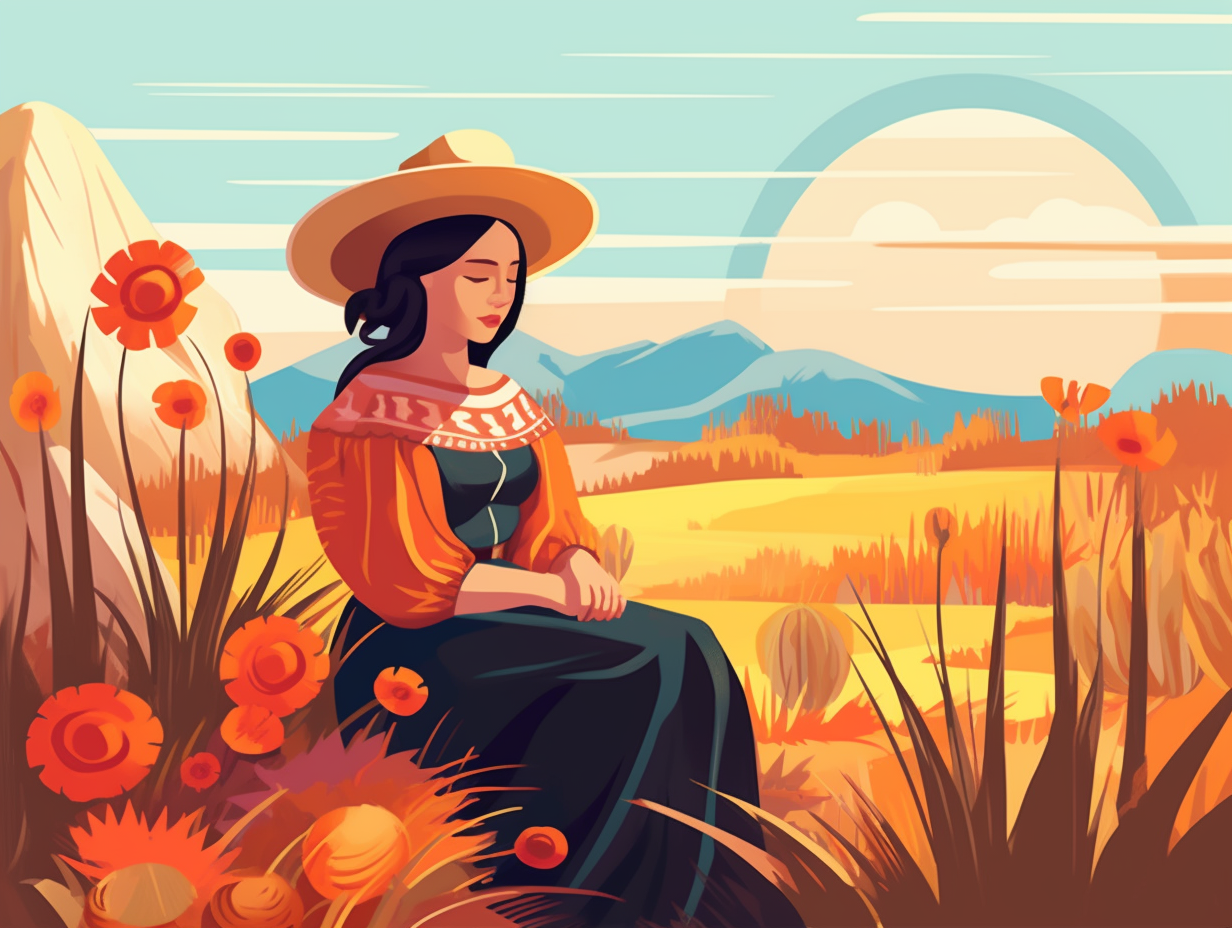
5. Party Animals in the Chaparral VIP Club
Roll out the red carpet for the party animals of the chaparral biome, where the California spotted owl hoots a merry tune and the mountain lion breaks into the dance of the wild: This VIP club hosts not only some exclusive guests like threatened and endangered species, but also boasts a guest list of rare plant species, all grooving to the Mediterranean vibes and playing vital roles in maintaining this ecosystem's harmony.
Source => californiachaparral.org
6. Summer Siesta for Photosynthesis
Plants in the Chaparral region are the ultimate minimalists, hitting the summertime snooze on photosynthesis like college students avoiding 8 AM classes: They adapt by shedding their leaves during summer, conserving water and cutting back on energy consumption while they wait out the dry season.
Source => untamedscience.com
7. Moisture-Hoarding Sagebrush Bad Boys
Whoever said California sagebrush plants were "thirsty" clearly hasn't met these moisture-hoarding bad boys of the chaparral. They're known to sit back, relax and sip on their own stored water like a shrub-nouveau recliner: These hardy plants are adapted to hot and dry chaparral environments, storing ample moisture in their leaves for draught-resistant survival, while also serving as a crucial dietary staple for deer, rabbits, and other groovy wildlife species that call the chaparral home.
Source => fs.usda.gov
8. Steamy Affair with Charred Wood
Watch out for burning love: Chaparral plants have a steamy affair with charred wood, where plants like Penstemon spectabilis and Romneya coulteri can't germinate without a fiery tryst with these burnt remnants, showcasing the fiery importance of wildfires in maintaining and regenerating the ecosystem.
Source => jstor.org
9. Manzanitas' Windswept Hairdo
If manzanitas were in a high school yearbook, they'd win the "Best Hairdo" category for their twisting, turning branches giving them that windswept, designer appearance: These trendy shrubs expertly use their tangled mane to conserve water and protect themselves from the sun's blazing heat in the chaparral biome, serving as an essential provider of food and habitat for various wild critters.
Source => onceuponawatershed.org
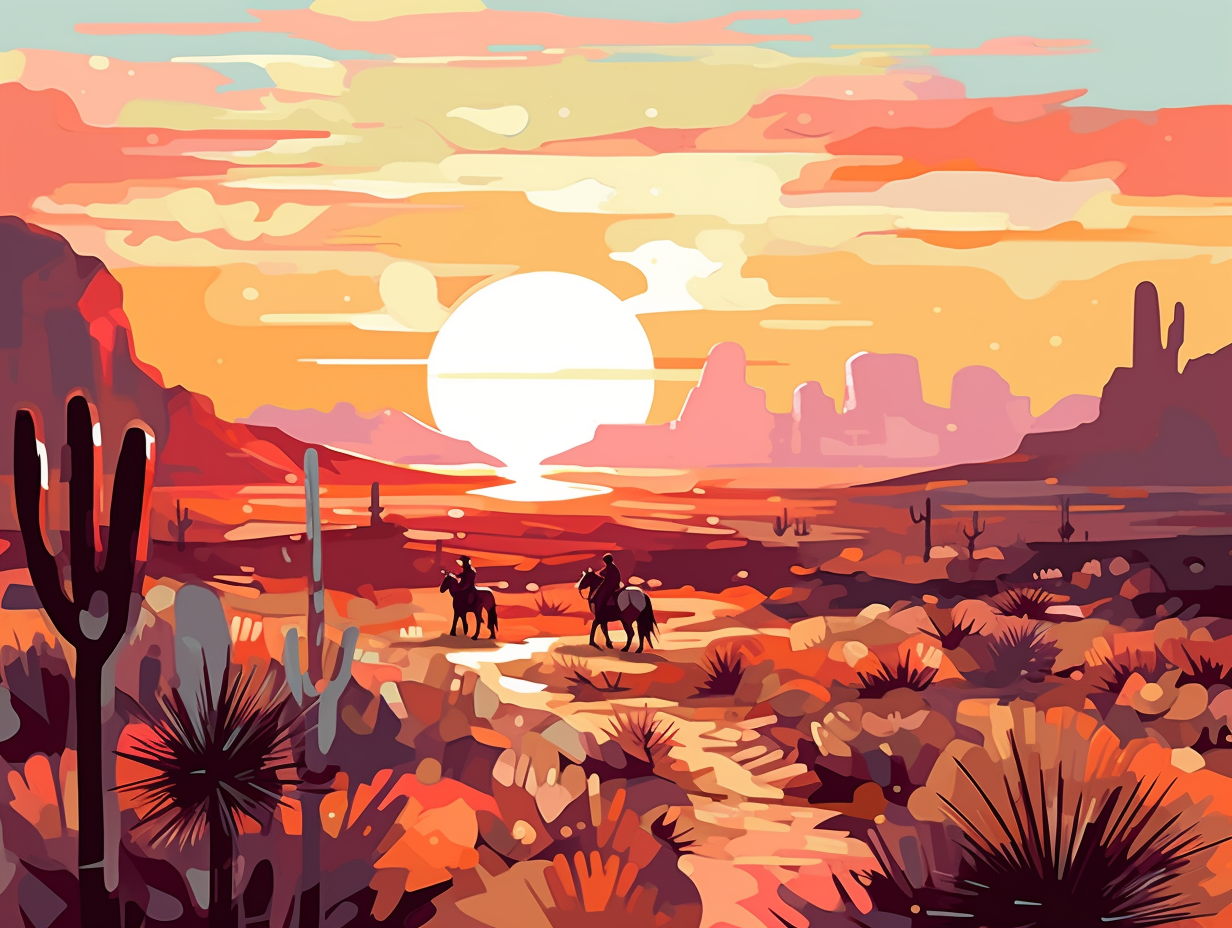
10. Roadrunner: Speed Demon of Chaparral
Move over, Wile E. Coyote, because there's a new speed demon in town: The roadrunner, found in chaparral regions, can run up to 20 mph, and boasts a versatile diet, including the rare ability to prey on rattlesnakes and tarantula hawk wasps!
Source => en.wikipedia.org
Related Fun Facts

